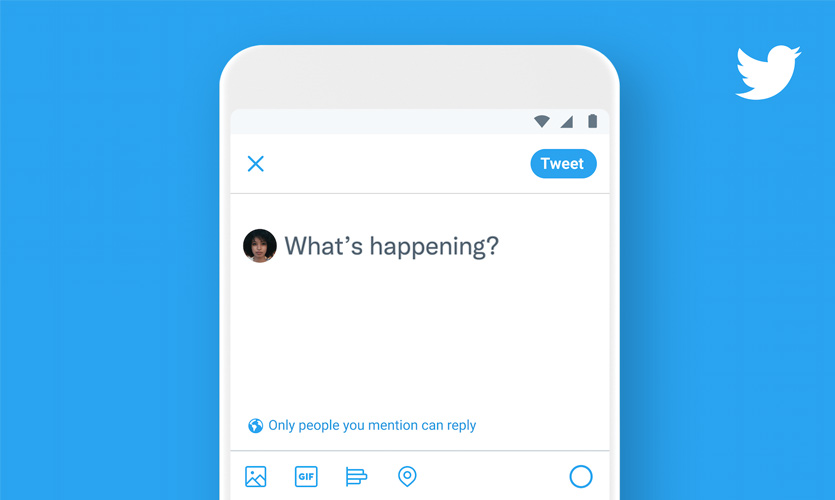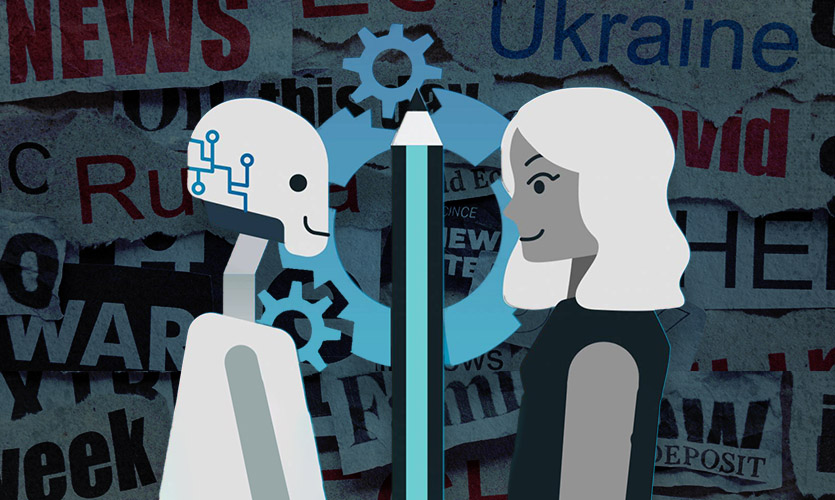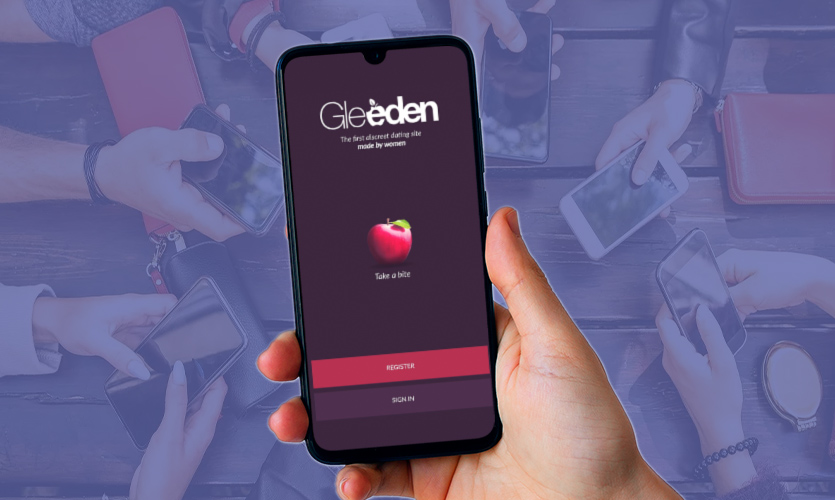If you are a WhatsApp or Instagram user, you have likely come across a screenshot of an interesting tweet. It could have been a funny sentence, a piece of information or even hate speech. These are usually shared as messages or put up as posts or stories. In all of these scenarios, the original source is often untraceable at first glance. Such tweets can be easily manipulated with minor edits and tweaks — but don’t worry, the damage can be easily averted or controlled if you were to follow a few simple steps while consuming and disseminating such content.
Credentials
Is the name of the source handle visible in the screenshot? Does it seem like a real person/organisation or is it someone anonymous? Is there a blue tick? If the source is not visible or doesn’t seem legitimate to you, hold on to sharing it. Try to go and search for it on Twitter before you believe it or take any action.
Date And Time
Is the date and time of when the tweet was created visible in the screenshot? Has it been a few hours or days or weeks or months or years? If the tweet doesn’t have a time stamp visible, you should be wary of it. If it’s visible, you can easily go to Twitter and fact-check its authenticity. This is important to get a contextual understanding of the message in question.
Sensitive Matter
Sometimes, the information being shared in the tweet is sensitive (even though or especially if it’s seemingly harmless) in nature. In such a case, you should use your discretion before forwarding it. When the tweet was originally shared, the person/organisation intended to share it with the audience of that platform — not others. By sharing it elsewhere, you could get them into trouble as their identity might get revealed to those they did not wish to reach with that information.
Understanding Intention
In some cases, screenshots of tweets are potential carriers of misunderstanding towards something that is being put forth sarcastically. Twitter has a diverse audience that allows it to be an inclusive space for people to express themselves safely. There is a context to what is being communicated or it could simply be a larger message (thread) — and the context may go missing in screenshots.
At the end of the day, if you are indulging in cross-platform sharing, you must always ask yourself: Is my need to share this piece of information greater than the damage it could potentially cause someone?
Read more: Why Are Indians Increasingly Crowdfunding Their Education?










